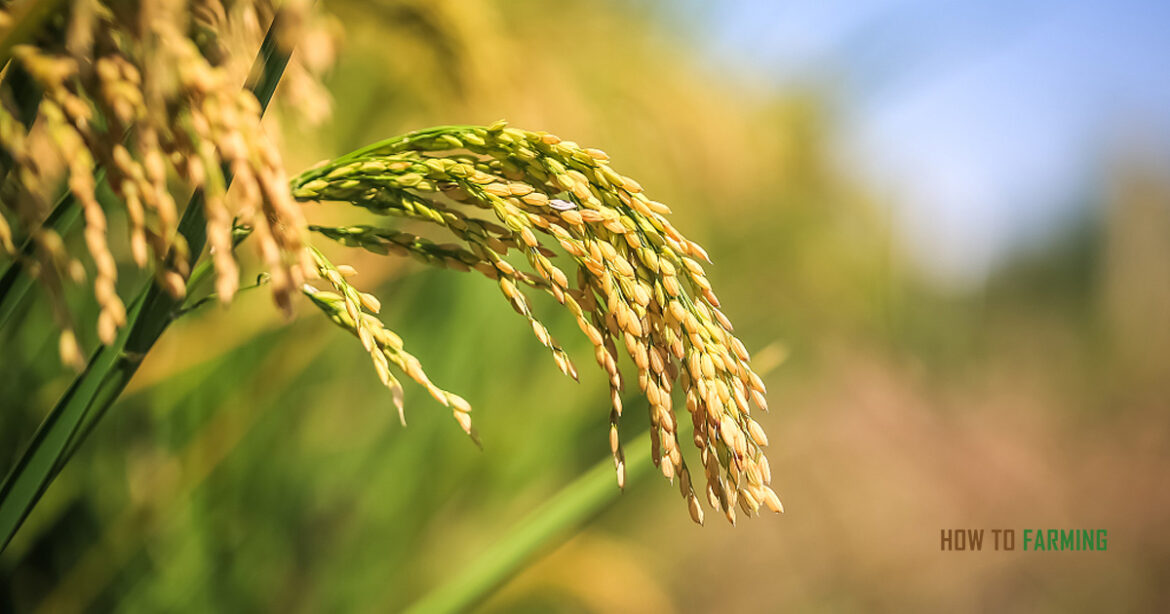How is Rice Grown and Harvested? Rice is often regarded as one of the world’s most popular foods. It has fed humanity for thousands of years and is currently the primary source of nutrition for more than half of the world’s population. It’s also excellent.
Rice domestication is regarded as one of the most significant developments in human history. Its cultivation began approximately 2500 BC in China and expanded first throughout Sri Lanka and India. According to some accounts, returning members of Alexander the Great’s journey to India about 344-324 BC introduced the crop to Greece and the Mediterranean. Rice spread across continents and around the world, from China to ancient Greece, and from Persia to Africa. How is Rice Grown and Harvested?
Rice is a symbol of life and fertility in many civilizations. It’s a staple meal that goes well with red meat, chicken, fish, seafood, tofu, and vegetables, and it takes on the flavour of stocks and sauces effortlessly.
How is Rice Grown and Harvested?
1. Field Preparation & Planting
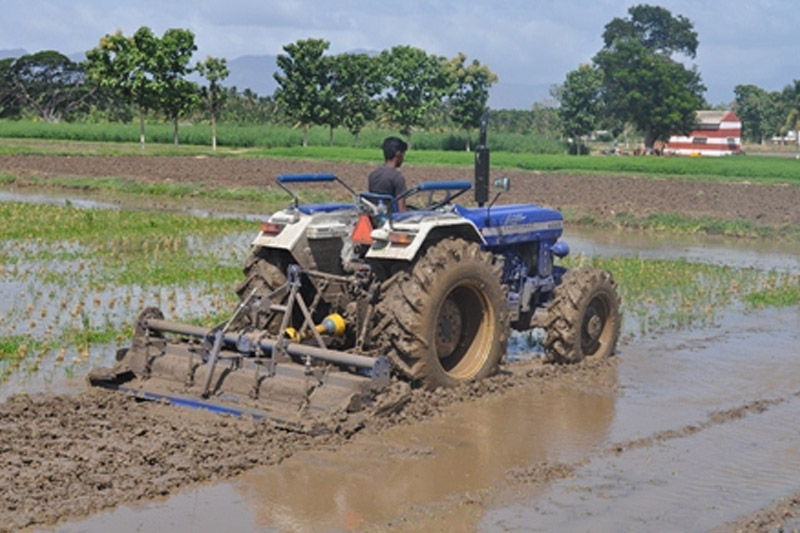
Rice is grown differently than other grains since it is a semi-aquatic plant that requires regular watering throughout the growing season. Heavy clay and silt loam soils, which are frequently unsuitable for other crops, hold a lot of water, making them ideal for rice.
Farmers prepare the land for planting by employing precision GPS and laser-guided earthmoving equipment to establish regular grades and slopes throughout fields, which reduces water use and increases yield. Planting typically begins in late February and continues until May, depending on the production location. Farmers plant the seed using contemporary equipment, such as an aeroplane or a grain drill.
2. Irrigation & Growing of Rice
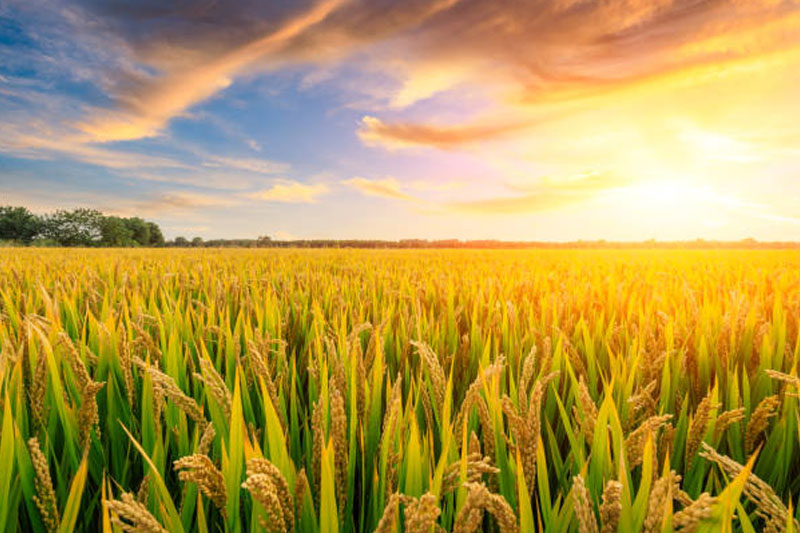
Rice plants reach a height of three to four feet 120 days after planting on average. Farmers water the rice fields during this period using the manner that is best suited to that field or farm. The conventional irrigation method involves building earthen levees that follow the contour of the terrain and flood the field with two to four inches of water during the growing season. Flooded fields reduce soil erosion, increase water quality, and provide other environmental benefits such as habitat formation.
Farmers can also use poly-tubing to irrigate their crops, with precisely drilled holes that allow them to deliver water more uniformly and efficiently across the area. There are irrigation technologies that allow a farmer to grow rice in rows like other crops and administer water on a regular basis during the growing season rather than maintaining a layer of water. Farmers continue to find new ways to conserve water and time by implementing irrigation practises that are tailored to their own operations. By mid to late summer, the rice plant begins to mature, with grain appearing in long panicles on the plant’s top.
3. Harvest of Rice Grown
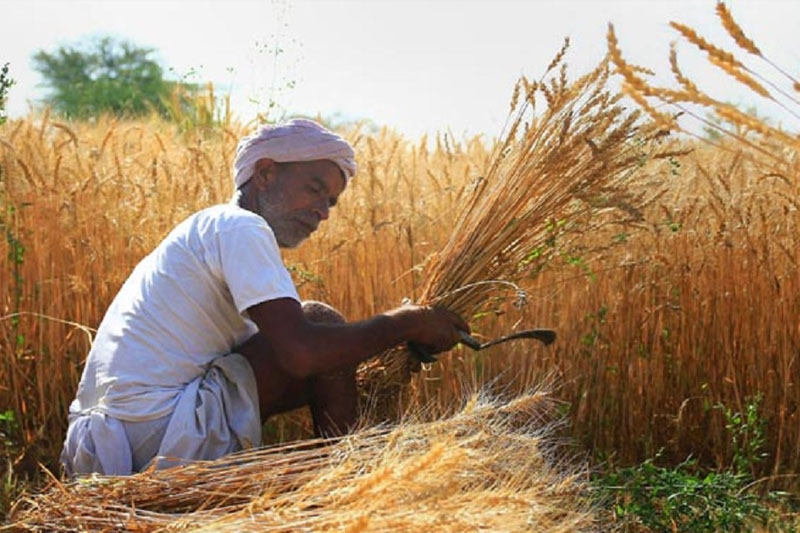
When the rice is mature, the water in the fields is drained, and sophisticated combines cut the rice and separate the grain from the stalks. Harvested grains are transported to drying facilities, where forced heated air is used to gradually lower the moisture content to a level best suited for storage before the rice is milled.
4. Wildlife Habitat
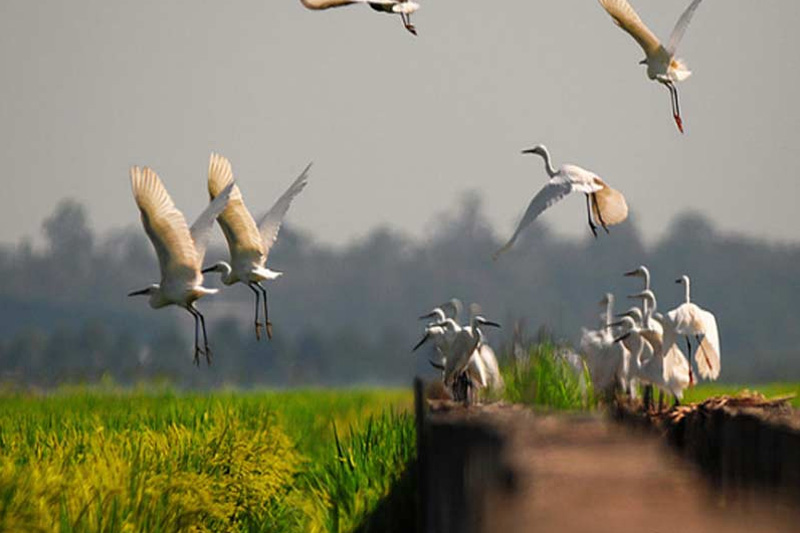
Farmers create a minor flood on their rice fields after harvest. Winter-flooded rice fields benefit animal habitats by providing food and forage for migrating and wintering birds. These fowl repay the favour by increasing soil nutrients, decomposing straw, lowering weed and pest pressure, and giving other key agronomic benefits.
Rice agriculture supplies 35% of the food resources available to migrating and wintering ducks in rice-growing regions in the United States. It would cost more than $3.5 billion to replace existing rice habitat with managed natural wetlands.
5. Milling & Storage
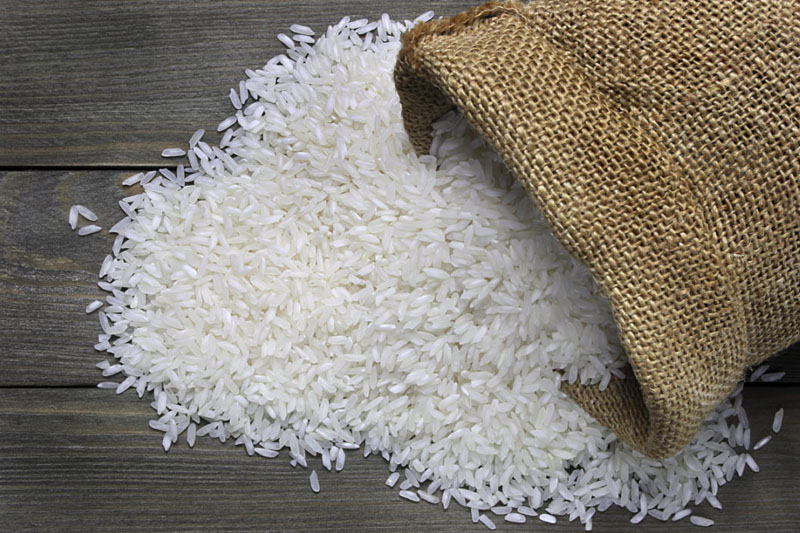
The final phase in rice cultivation is milling, an automated process mastered by American mills. The harvested “rough rice” is processed by sheller machines at the mill to remove the inedible hulls. This method produces brown rice with complete bran layers surrounding the kernel. Brown rice can be eaten as is or processed further by machines that rub the grains together under pressure. This abrasion process eliminates the bran covering, resulting in white or “polished” complete kernels of rice. Finally, a thin coating of vitamins is applied to the white rice to replenish some of the nutrients lost during milling.
Technology has enabled the rice business in the United States to routinely produce rice of unrivalled quality. Many rice mills in the United States, for example, utilise laser sorters to detect broken, discoloured, or immature kernels and separate them from entire kernels of rice during processing. This guarantees that the appearance and size are consistent.
Also Read: Why is Rice Grown in Water?
